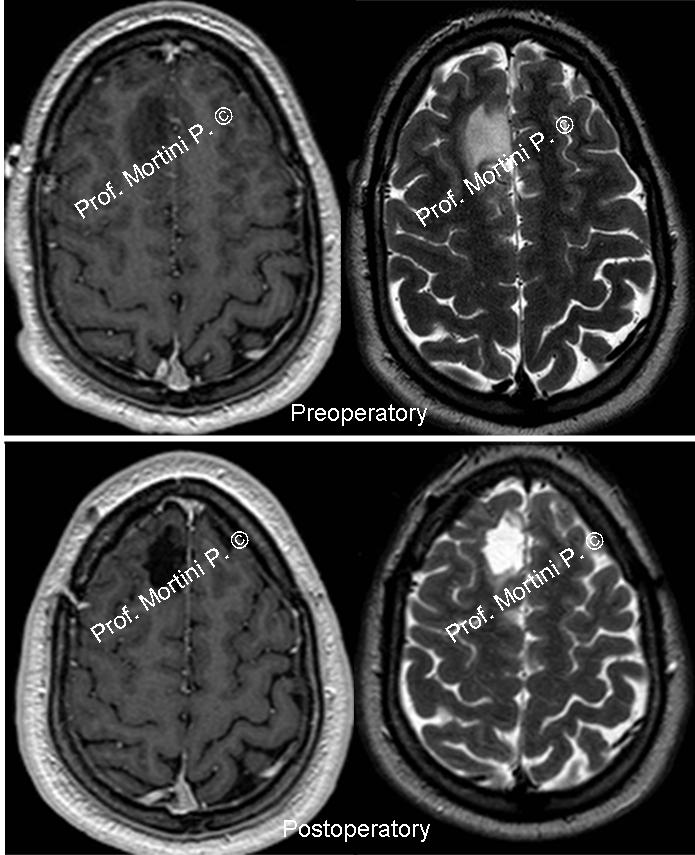A glioma is a type of brain tumor that originates from glial cells, which help support the function of the other main brain cell type—the neuron.
Gliomas usually happen in the cerebral hemispheres of the brain, the largest, outermost part of the brain that controls many functions including movement, speech, thinking, and emotions. But they can also affect the brain stem, the lower part of the brain that controls functions like breathing, blood pressure, and heartbeat; optic nerve; and cerebellum, a part of the brain that deals with balance and other nonthinking functions.
They can be benign or malignant.
Gliomas come in several types. The category that a glioma falls into depends on the type of glial cell it comes from. These are types of gliomas:
•Astrocytoma. This type of glioma is a tumor that originates from astrocytes, the star-shaped glial cells in the brain.
•Oligodendroglioma. These gliomas come from oligodendrocytes, which are glial cells shaped like fried eggs. Usually, oligodendrocytes form a cover for nerve fibers in the brain.
•Oligoastrocytoma. These gliomas are a mix of abnormal oligodendrocytes and astrocytes.
•Ependymoma. This type of glioma comes from the cells lining the cavities of the brain and spinal canal. They are most common in children.
•Ganglioglioma. This rare glioma, which can occur in the brain or spine, forms from both glial cells and nerve cells.
Symptoms
Symptoms of a glioma are the same as those of other brain tumors. These are common symptoms:
•Headaches
•Seizures
•Nausea and vomiting
•Vision or hearing problems
•Balance problems, like dizziness and trouble with walking
•Slurred speech
•Motor or sensory disorders
Diagnosis
If your doctor suspects a glioma or another type of brain tumor, you may need a diagnostic test like an MRI or CT scan.
Surgical procedures are often the preferred treatments for gliomas and other brain tumors.
Treatment
Gliomas can also be treated with radiation therapy that can be used to destroy any microscopic tumor cells that remain after surgery. If your glioma is inoperable, meaning that it cannot be surgically removed without risking brain damage, radiation can also be used to treat the tumor and relieve your symptoms.
Chemotherapy, which involves the use of drugs that stop the growth of abnormal cells, may also be used for gliomas.
 English
English Italiano
Italiano